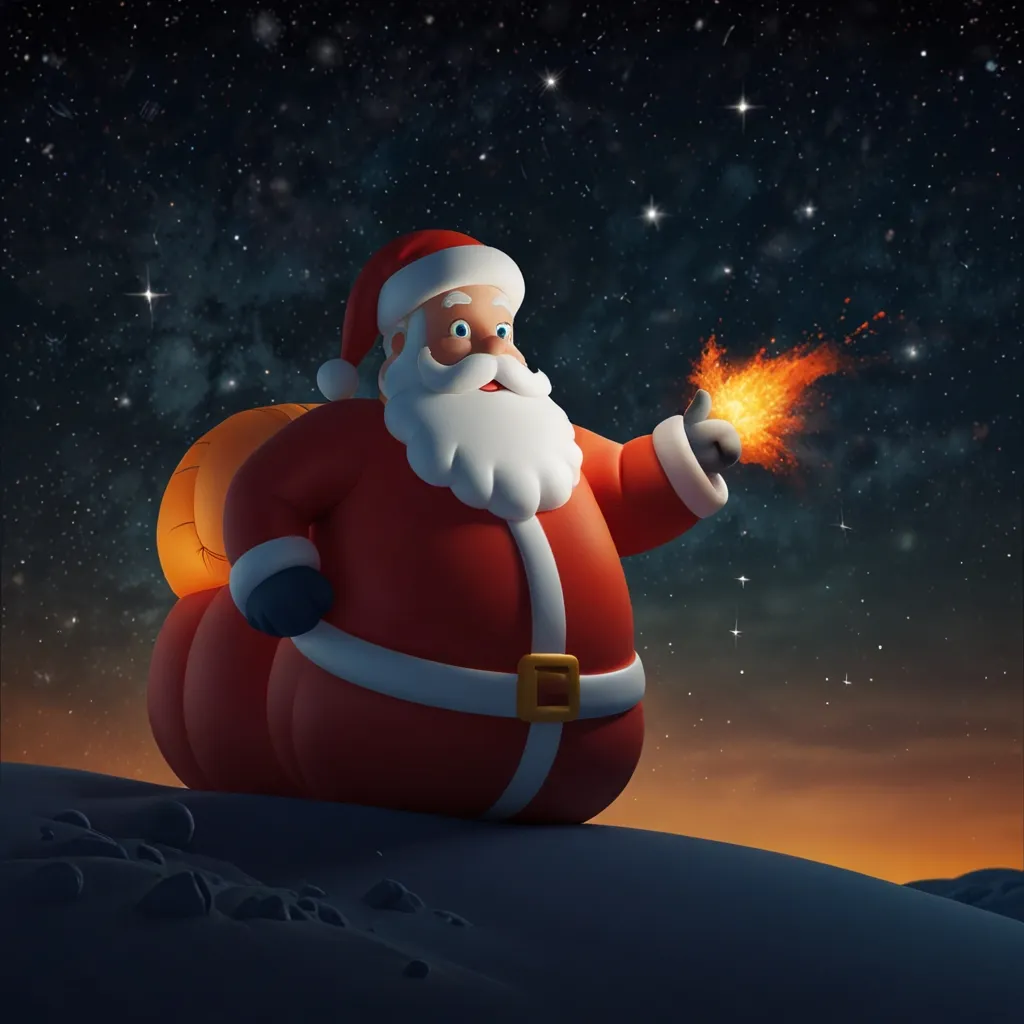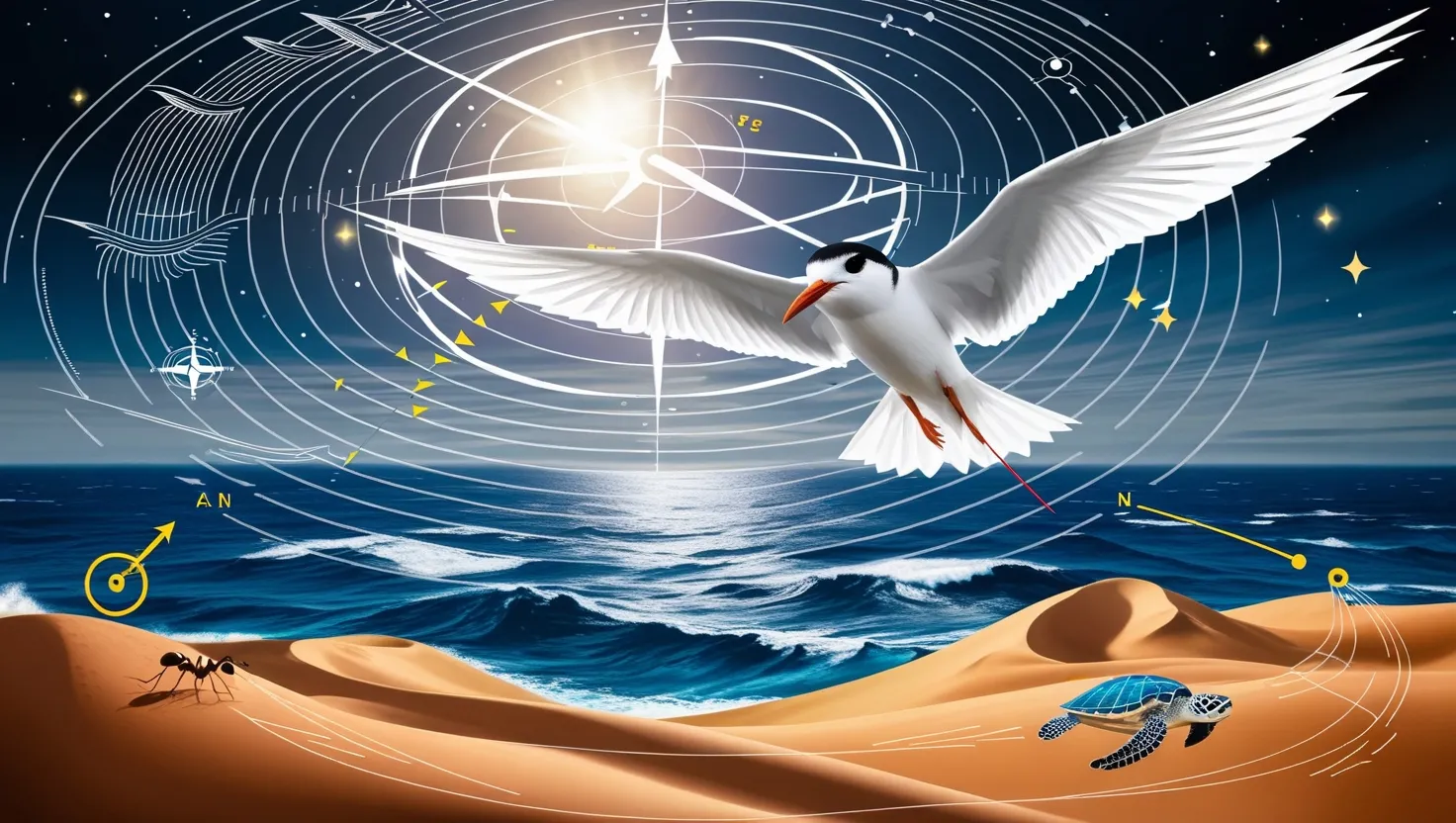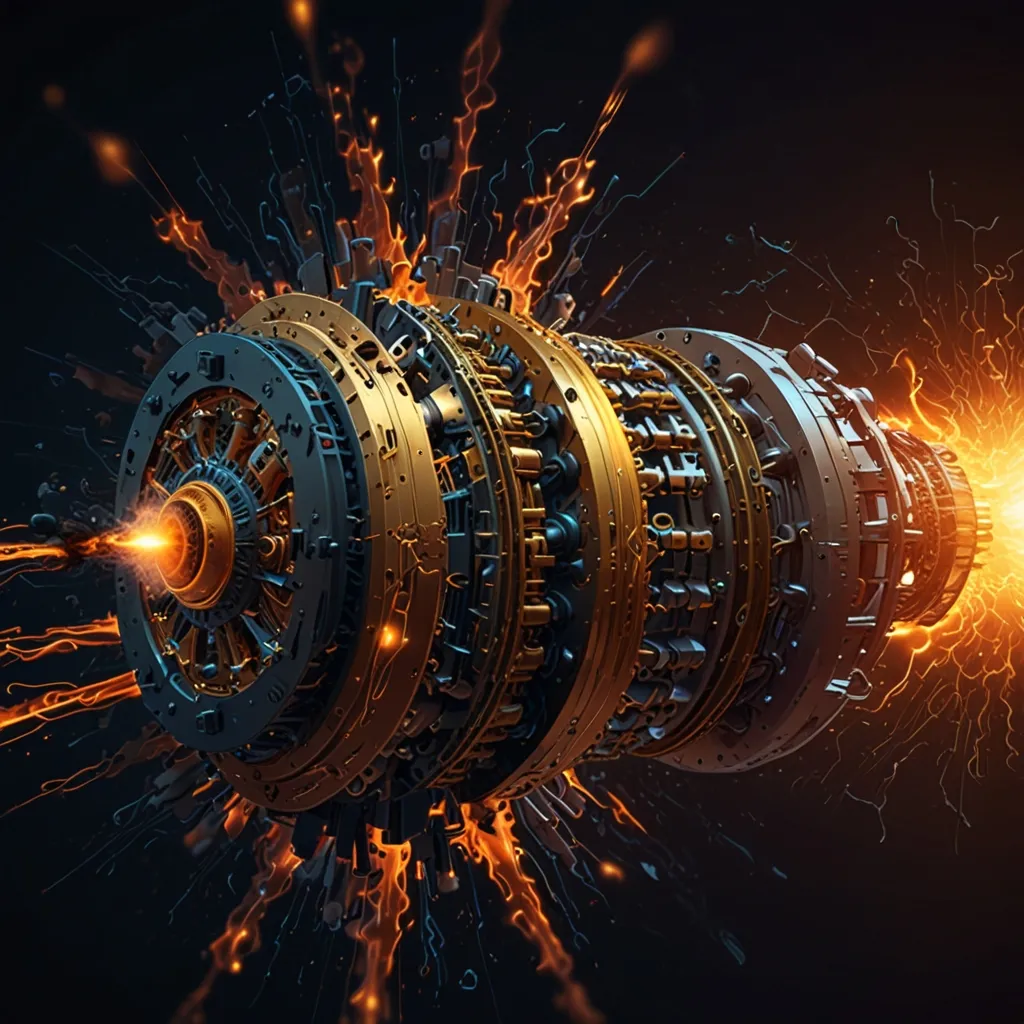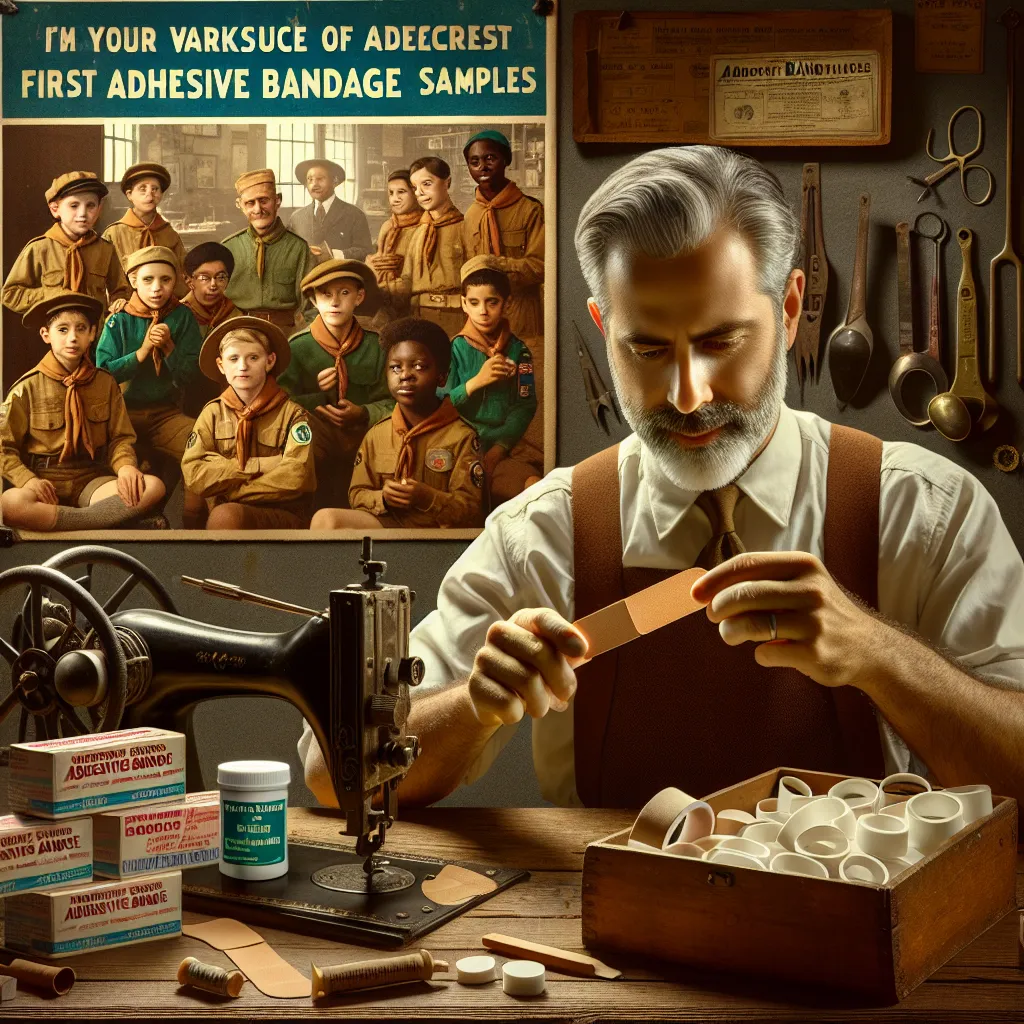Explosive Christmas Science: When Santa Goes Boom!
Ever wondered what happens when you mix the holiday spirit with a dash of mad science? Well, buckle up, ‘cause we’re about to find out!
Picture this: five inflatable Santas, chillin’ in a backyard. Normally, they’d be spreading festive cheer, bobbing gently in the breeze. But not today. Today, these jolly old elves are on a one-way trip to Explosion Town.
Now, you might be thinking, “What’s so special about blowing up some lawn decorations?” Hold onto your Santa hats, folks, because this ain’t your average holiday prank.
These Santas aren’t filled with air. Nope, they’re packed to the brim with a explosive cocktail of hydrogen and oxygen. It’s a mixture so potent, it’s got its own badass name: hydrox. Sounds like something out of a sci-fi movie, right?
But here’s the kicker - this isn’t just about making things go boom (although, let’s be honest, that’s a pretty sweet bonus). There’s actual science happening here. When hydrogen and oxygen get together in just the right way, they don’t just explode - they create water. Yep, good old H2O.
Now, getting the mix right is crucial. We’re talking twice as much hydrogen as oxygen. It’s like baking a cake, except instead of a delicious dessert, you get a spectacular explosion. They call this the “right flammable mix” or the “stoichiometric mix” if you wanna get all fancy about it.
So, there we are, five Santas ready to go, filled with this volatile concoction. The anticipation is killer. You can almost hear the molecules buzzing with excitement, ready to party.
But here’s a word of caution: don’t try this at home, kids. This is definitely in the “leave it to the professionals” category. These guys know what they’re doing (mostly).
Alright, moment of truth. The button is pressed. Three… two… one… and… nothing. Well, that’s anticlimactic. But wait! Science isn’t always perfect on the first try. That’s what makes it exciting!
Second attempt. Three… two… one… BOOM!
And just like that, Christmas goes out with a bang! Those Santas didn’t stand a chance. One second they’re there, the next - poof! - they’re gone in a flash of fire and a cloud of newly formed water vapor.
It’s like the ultimate magic trick. You start with two invisible gases, add a spark, and suddenly you’ve got water. If that doesn’t make you sit back and go “Whoa, science is cool,” I don’t know what will.
But let’s take a step back and dive a little deeper into what’s actually happening here. We’re witnessing a chemical reaction in its most dramatic form. Hydrogen and oxygen, two elements that are perfectly happy floating around on their own, suddenly find themselves in a situation where they can’t resist each other.
When that spark hits, it gives them the energy they need to break their existing bonds and form new ones. It’s like a molecular square dance, with atoms swapping partners in the blink of an eye. The result? Water molecules, and a whole lot of energy released in the form of heat and light.
This reaction is so powerful that it’s been harnessed for some pretty impressive feats. Remember the space shuttle? Those massive rockets that propelled it into orbit? They ran on the same principle - combining hydrogen and oxygen to create a massive release of energy.
But back to our exploding Santas. What makes this experiment so visually striking is the scale. We’re not talking about a tiny test tube reaction here. These are full-sized lawn decorations, each one containing enough gas to create a significant explosion.
When they go off, it’s not just a pop or a bang. It’s a fireball, a split-second inferno that lights up the night. The heat is intense enough to instantly vaporize the water that’s formed, creating a rapidly expanding cloud of steam. This expansion is what gives us the satisfying ‘boom’ and the destructive force that tears the Santas apart.
It’s a perfect example of how science can take something ordinary - in this case, a cheesy Christmas decoration - and turn it into something extraordinary. It’s the kind of experiment that makes you look at the world a little differently. Suddenly, those innocuous gases that make up our atmosphere don’t seem so harmless anymore.
But it’s not all about destruction. This experiment also showcases the incredible power of chemical reactions. The same principles at work here are what allow us to generate electricity, power vehicles, and even breathe. It’s a reminder that the world around us is in a constant state of chemical flux, even if we can’t always see it.
And let’s not forget the element of surprise. The first attempt failed, which is a great lesson in itself. Science isn’t always predictable. It requires patience, perseverance, and a willingness to try again when things don’t work out the first time. It’s a lot like life in that way.
The second attempt, though? Pure magic. The sudden transformation from placid inflatables to a spectacular explosion is a moment of pure scientific joy. It’s the kind of demonstration that can spark a lifelong interest in chemistry or physics.
Of course, it’s worth repeating: this is definitely not something to try at home. The gases involved are highly flammable and potentially dangerous if not handled correctly. This kind of experiment requires proper safety equipment, expert knowledge, and controlled conditions.
But that doesn’t mean we can’t appreciate the spectacle and learn from it. Experiments like this serve as a vivid reminder of the power and beauty of science. They take abstract concepts and make them tangible, turning textbook theories into real-world wonders.
So next time you see a Santa decoration bobbing in someone’s front yard, maybe you’ll look at it a little differently. You’ll know the potential energy hidden in those invisible gases all around us. You’ll appreciate the delicate balance of chemical reactions that make up our world.
And who knows? Maybe you’ll be inspired to dig a little deeper into the science behind everyday things. Because if there’s one thing this experiment shows, it’s that science has the power to turn the ordinary into the extraordinary.
Just remember: leave the exploding to the professionals. Your neighbors (and local fire department) will thank you.






